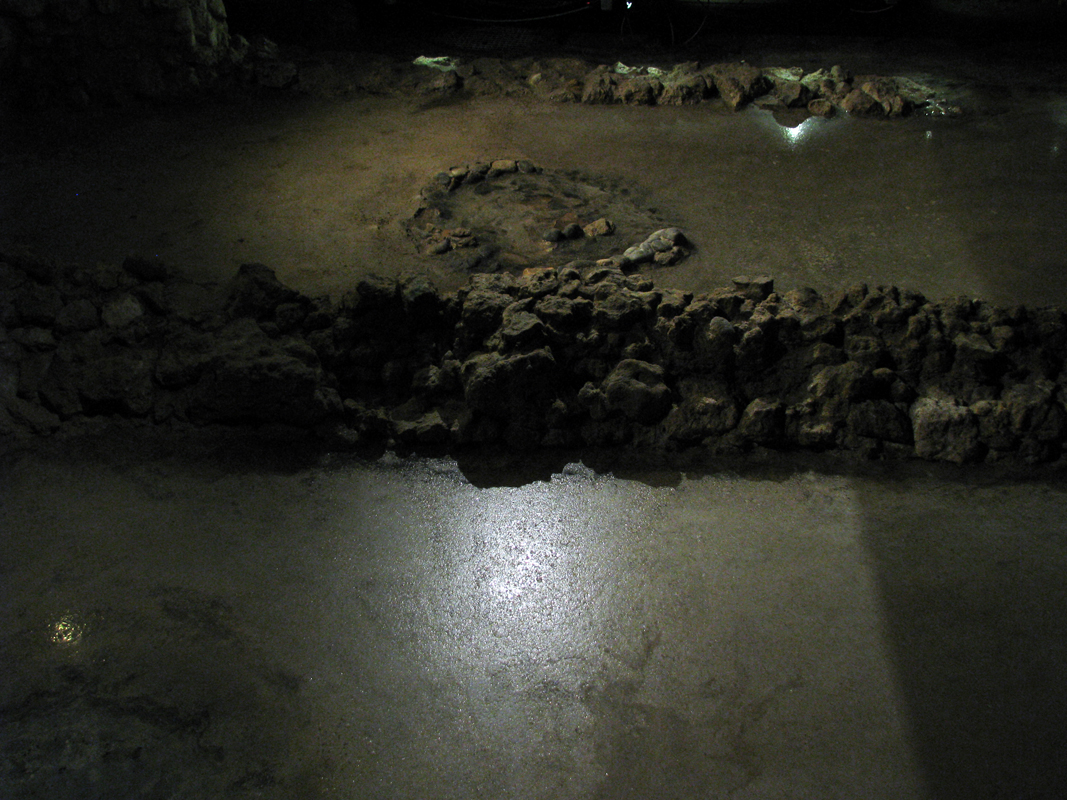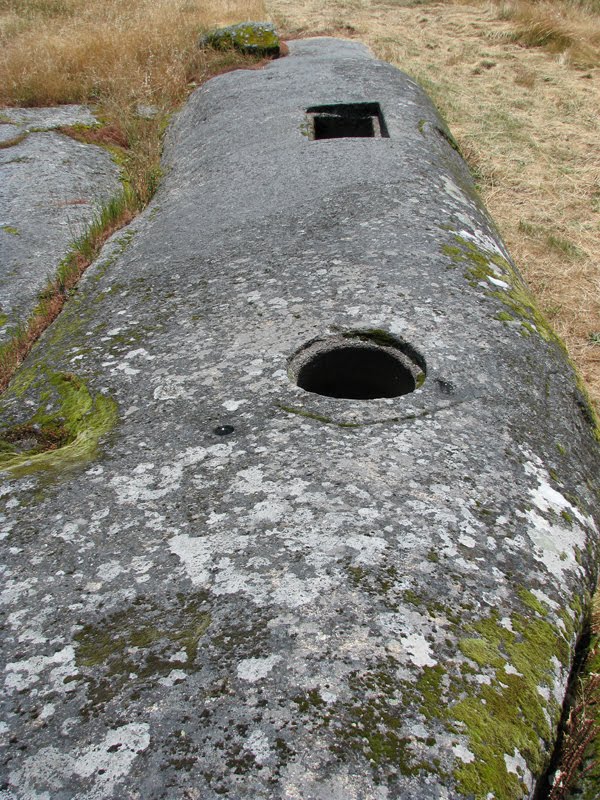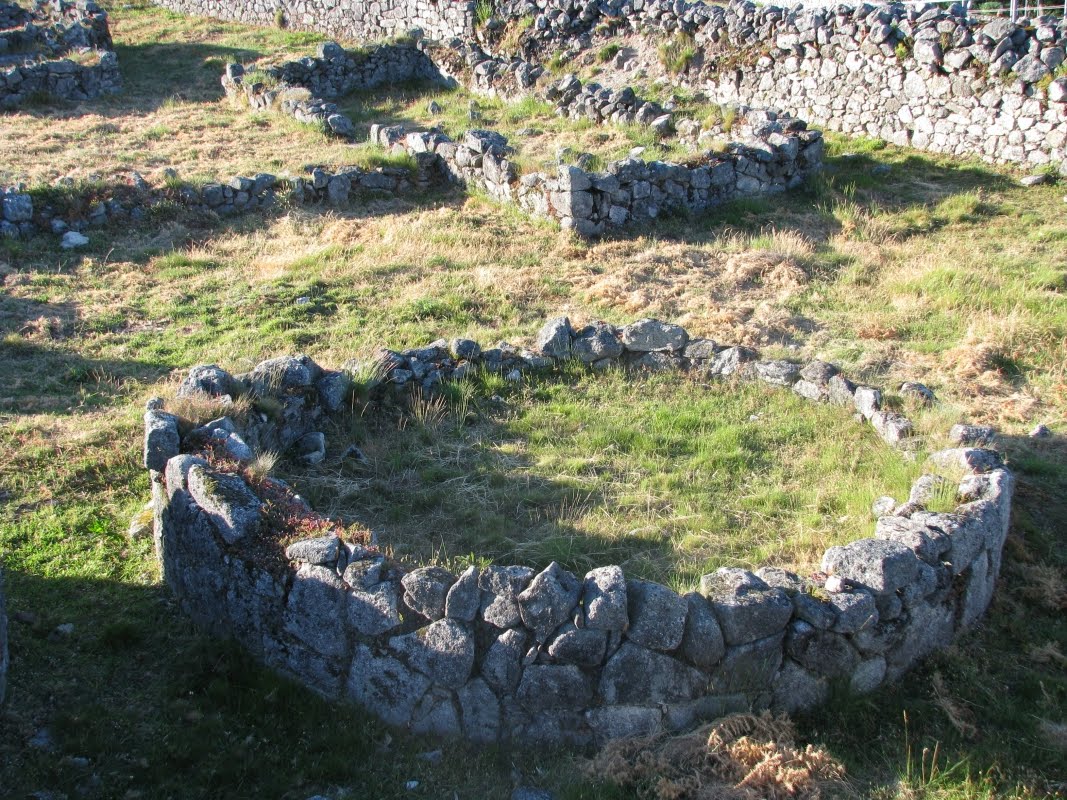Portugal & Germany 2013. Day 2. Lisbon. Rua dos Correeiros Archaeological Site

День 2. Лиссабон. Археологический комплекс на Rua dos Correeiros под современным зданием банка Связь времен и непрерывность жизни... Римские термы соседствуют со средневековой пекарней, печи для обжига керамики железного века — с древнеримским колодцем, раннехристианский некрополь — с емкостями для засолки рыбы. Римляне завоевали кельтское поселение Olisipo в 138 году до н.э, переименовали его в Felicitas Julia Olisipo (“Счастливая Юлия”) и присоединили к провинции Лузитания. Благодаря быстрому экономическому росту, в 30-х годах до н. э. Олисипо получил статус “муниципия” (municipium civium romanorum) — города, свободные жители которого пользовались правами римских граждан. Этот славный город на берегу реки Тежу стал крупным центром по производству рыбных консервов. Их отправляли в специальных амфорах во все уголки империи. Здесь же изготовляли и “гарум” - известный римский соус, который Плиний Старший в своей “Естественной истории” назвал “ликером из разложившихся потрохов”. Его про...




